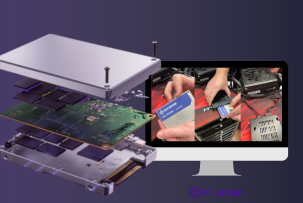How likely is the potential rise in the price of memory chips after the earthquake in Taiwan?
11:07, 11.04.2024
Recently, a large-scale earthquake, the strongest in 25 years, hit Taiwan.
Since the country is one of the main suppliers of memory chips, many assume that the event will affect the pricing policy of manufacturers.
For example, TSMC has made an official statement that its factories weren’t significantly affected and will soon be able to return to normal operations, but this is not the case for all manufacturers; the overall situation remains discouraging. On a larger scale, some local semiconductor factories have suffered damage, which in turn affected the overall chip supply chain. Shortly, this is likely to affect the production speed and quantity of finished products of such companies as Samsung Electronics, Micron, and SK Hynix. Micron, in particular, has already started notifying customers of possible delivery delays and changed work schedules.
The interruption of the usual supply chain will affect the cost of products accordingly. There are already reports that memory manufacturers are no longer displaying contract prices for DRAM, apparently due to their possible increase. The upward trend in DRAM and NAND prices has been evident for a long time, but it slowed down a bit just before the earthquake; the aftermath of the natural disaster gave it an additional push.
Experts predict a significant rise in prices in the contract market, where there is a high demand for memory chips for servers. As for the consumer market, the demand for memory is usually lower there, so the price change will not be as significant. However, the upward trend in memory and SSD prices has been in place for some time, so the next price increase may be significant.


